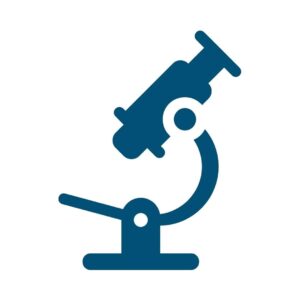TREATMENTS
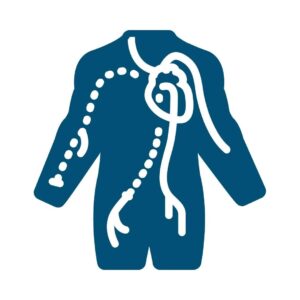
Coronary
Angiography
OVERVIEW
- To determine the reason behind restricted blood flow to the heart muscle.
- To determine the number of blockages and their severity in the arteries.
- To collect the data required to determine the treatment of the issue.
WHEN IS IT RECOMMENDED
- The test is recommended when a patient reports symptoms of coronary artery disease such as chest pain, shortness of breath, lightheadedness, fatigue, nausea or pain in the neck, jaw or back.
- The test is performed after other non-invasive tests such as an ECG confirm the possibility of an issue related to the heart.
PROCEDURE
- The patient will be given a sedative to keep them relaxed throughout the treatment.
- A small incision will be made on the patient’s arm or groin area.
- A thin tube called a catheter will be inserted through the incision into the patient’s artery.
- A special dye will be added into the patient’s blood through the catheter to create contrast and x-ray images of the artery and heart muscle will be collected.
- These images called angiograms, will be used to detect blockages in the arteries.
- An emergency angioplasty could be recommended depending on the conditions and the patient’s fitness.
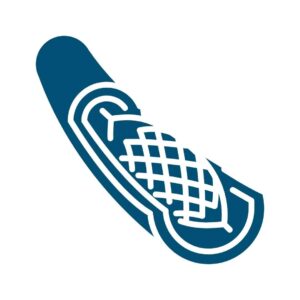
Coronary
Angioplasty
OVERVIEW
- To open up arteries clogged by fatty plaque that reduces healthy blood flow.
- To improve the restricted blood flow through the clogged arteries.
- To reduce the likelihood of a heart attack.
WHEN IS IT RECOMMENDED
- When a patient reports symptoms of coronary artery disease such as chest pain, shortness of breath, lightheadedness, fatigue, nausea or pain in the neck, jaw or back, this minimally invasive procedure is recommended.
- Angioplasty is advised after collecting angiograms through a coronary angiography test.
- Angioplasty is performed after considering the physical fitness of the patient, the complexities they carry, and after determining if the procedure would benefit the patient.
PROCEDURE
- The patient will be given a sedative to keep them relaxed throughout the treatment.
- A small incision will be made on the patient’s arm or groin area.
- A thin tube called a catheter will be inserted through the incision into the patient’s artery.
- The catheter would carry a small inflatable balloon with or without a stent at its tip.
- The catheter would reach up to the blockage & the balloon would be inflated to open the artery & place a stent to hold the vessel wide open, restoring blood flow.
- The procedure can be repeated if multiple stents are to be placed. Once done, the catheter and the ballon would be removed from the body.
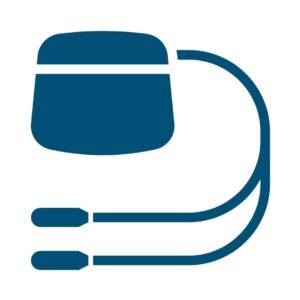
Pacemaker
Implantation
OVERVIEW
- To place a small electronic device called a pacemaker inside of your chest.
- To ensure that the patient’s heart beats at a normal rate.
- To eliminate the possibility of cardiac arrest.
WHEN IS IT RECOMMENDED
- When a patient reports a complaint such as rapid heartbeats.
- When the patient’s heart has been monitored and it has produced an irregular heart rhythm.
- If the arrhythmia is considered chronic by the cardiologist.
PROCEDURE
- The patient will be given local or general anaesthesia or may be given a sedative to be relaxed.
- An incision will be made under the patient’s collar bone to introduce three wires called “pacing leads” into the heart.
- A small device called a pulse generator will be placed under the skin near the collar bone. The pacing leads will be attached to the pulse generator to produce electrical signals as needed.
- The pacemaker will monitor and record the rate at which the heart beats.
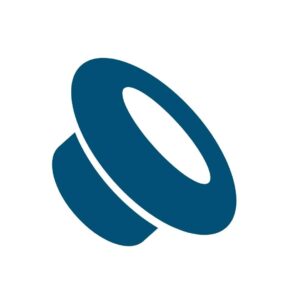
Device
Closure
OVERVIEW
- To place a small metallic mesh-like device inside patient’s heart.
- To eliminate the defect or opening inside the heart muscle.
- To improve the efficiency of the heart muscle.
WHEN IS IT RECOMMENDED
- When a patient has a congenital heart defect.
- When a patient has disturbed blood circulation due to holes in the heart, resulting in performance failure of the heart.
- A less invasive procedure is recommended to eliminate the above issues.
PROCEDURE
- The patient will be given local or general anaesthesia or may be given a sedative to relax.
- A small incision will be made on the patient’s arm or groin area.
- A thin tube called a catheter will be inserted through the incision into the patient’s artery.
- A special dye will be added into the patient’s blood through the catheter to create contrast and x-ray images of the artery and heart muscle will be collected.
- The images will let the cardiologist understand the details of the defect.
- A closure device will be guided to the heart using a catheter and will be placed to cover the opening or hole in the patient’s heart.
- Upon successful placement, the catheter will be removed and the closure device will be left for the body to accept as part of the heart.

Heart Failure
Intervention
OVERVIEW
- To determine the causes of heart failure.
- To eliminate the causes that damage the heart and arteries.
- To eliminate the risk of attack and death.
WHEN IS IT RECOMMENDED
Heart failure treatment will be advised after the patient reports symptoms such as rapid weight gain, newly developed cough with foamy mucus, inability to concentrate, nausea, shortness of breath, rapid heartbeats, etc.
PROCEDURE
- Depending upon the causes of the heart failure and the severity of the heart condition, the cardiologist may suggest one or multiple treatments such as :
- An angioplasty or a bypass surgery to restore the restricted blood flow to the heart muscle due to clogged arteries.
- A pacemaker or ICD implant to monitor and control irregular heart rhythm.
- A valve replacement or repair in the case of faulty valves inside the heart muscle.
- A cardiac resynchronisation therapy to eliminate issue of heart chambers not operating in sync with one another.
- Implanting a ventricular assist device to assist the blood flow to the body.
- A heart transplant is necessary if no other medication or treatment can benefit the patient.

Cardiac
Consultation
OVERVIEW
- To understand the medical history of the patient and his family.
- To understand the patient’s lifestyle.
- To identify the patient’s risk factors and screening for heart disease.
- To determine the course of treatment and medication.
- To know the patient’s concerns and to provide information to further solve the issue.
WHEN IS IT RECOMMENDED
- When a patient has had a heart attack or symptoms of a heart disease such as chest pain, shortness of breath, lightheadedness, fatigue, nausea or pain in the neck, jaw or back, rapid heartbeats, rapid weight gain, etc.
- When a patient needs counselling about lifestyle improvement.
- The patient needs to undergo a treatment but needs consultation to improve their overall health and prevent the conditions from worsening.
PROCEDURE
- The doctor will study the medical history of the patient.
- The doctor will interact and learn more about the patient’s lifestyle and family history of heart and other diseases.
- The doctor might ask the patient to undergo a few tests such as ECG, to get a better understanding of the patient’s heart health.
- The doctor would provide the details of the issues and answer the patient’s queries and the line of treatment would be decided.
- Further medications or procedures would be followed to resolve the issues.
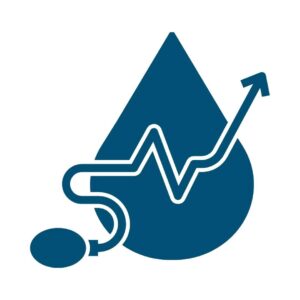
Hypertension
Counseling
OVERVIEW
- To understand the medical history of the patient and his family.
- To understand the lifestyle of the patient and the factors contributing to the issue.
- To improve health status through adherence and treatment planning.
- To provide information on adverse effects and contraindications.
- To promote healthy behaviour.
WHEN IS IT RECOMMENDED
- When the patient has blood pressure readings of 120 to 129/less than 80, (Elevated blood pressure).
- When the patient has blood pressure readings of 130/80 to 139/89 (stage 1 hypertension).
- When the patient has blood pressure readings of 140/90 or higher (stage 2 hypertension).
PROCEDURE
- The doctor will study the medical history of the patient.
- The doctor will interact and learn more about the patient’s lifestyle and family history of heart and other diseases.
- The doctor might ask the patient to undergo a few tests such as 24 Hour Ambulatory BP Monitoring, to get a better understanding of the patient’s heart health.
- The doctor would provide the details of the issues and answer the patient’s queries, and the line of treatment would be decided.
- Further medications or procedures would be followed to resolve the issues.
